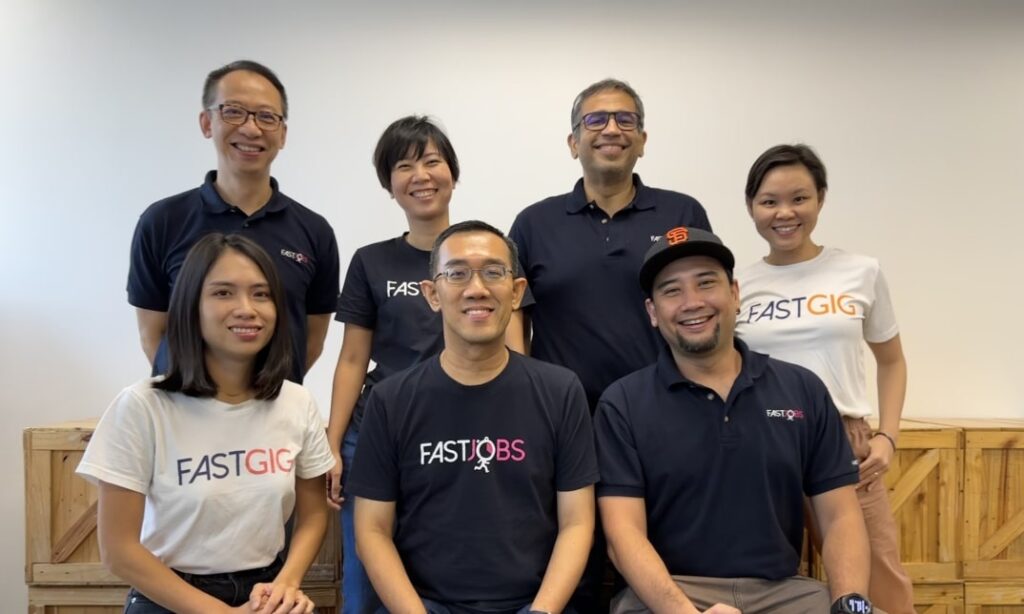Building a startup is a monumental endeavour. Founders have to take a seedling of an idea, plant it, water it, and carefully nurture it into a bountiful fruit-bearing tree, all while weathering and overcoming the unique trials each season brings.
A founder’s journey is undoubtedly challenging, but the right investor-founder fit can make a significant difference. Portfolio management is more than just helping founders build pitch decks.
Investors with strong operating experience who understand the growing pains of building a startup can help founders navigate each stage of growth with greater clarity and confidence. We have identified five common challenges startups encounter on their journey from inception to success.
Finding the right valuation
In the world of startups and venture capital, valuation can be perceived as an indicator of a company’s business potential or, in some cases, success.
So, it is not surprising that founders, sometimes with the push from their investors, would gun for sky-high valuations. But this is a double-edged sword because nobody can guarantee the success of the next funding round.
And when a founder has to go out to fundraise during a market correction, they will have to reckon with a subsequent down-round, especially if they fail to meet those lofty expectations set in the previous funding round.
A drop in valuation can be demoralising for founders and the employees with stock options, but more importantly, it could further dilute the founders’ shares and ownership in their company.
It is a tricky act to balance.
Founders need to accurately benchmark their company’s value compared to the market. They should take a strategic approach to ensure the correct valuation by aligning funding targets with specific milestones and goals. Additionally, gathering insights from potential investors to gain a realistic understanding of market sentiments is crucial.
Generally, investors interact with founders across sectors, growth stages and fellow investors, allowing them to gather various market intel and on-ground sentiments. In such cases, they could be a sounding board for their portfolio companies when deriving an appropriate valuation for the subsequent fundraising round.
Establishing goals and strategy
Knowledge is power. Founders must keep abreast of key market and sector trends, industry insights and news to stay ahead of the competition.
However, the startup ecosystem evolves so rapidly that one can easily be overwhelmed by the deluge of information. Founders also do not have the luxury of time to sift through so much material; they have to focus on building their company.
To overcome this limitation, founders can seek advice from their investors. A proactive investor would have accumulated a wealth of knowledge through their own operating experiences and by evaluating and supporting founders from different sectors. Investors can curate relevant insights and essential reading material for each founder, such as case studies and reports.
Founders can also seek feedback on their business decisions and direction from their investors. Sometimes, founders may get too stuck in the weeds or become too attached to their vision, so getting an objective perspective from an external party with industry experience and knowledge can help.
For instance, when a founder wants to expand into a new market segment, they may either build new capabilities internally or acquire another company with an existing product and customer network. The founder must consider revenue, company, cultural and strategic synergies, and the potential value of the acquisition.
VCs who have guided companies through acquisitions can help founders weigh the pros and cons of each path and navigate the challenges that come post-acquisition.
Recruiting key talent at every growth stage
Every startup has at least three distinct phases, each requiring different kinds of talent to drive growth.
In the early days of a startup, teams are small, and employees wear multiple hats. The founders may be responsible for product and business development, sometimes HR. Company processes are a mess, but that also means the team can make decisions fast so they can build, launch and validate their MVP quickly.
Once a company raises its first round of funding or starts scaling from 1 to 10, the team size will begin to grow. Processes are needed to ensure maximum workflow efficiency.
This is the time to bring in dedicated leaders with the right expertise to manage various departments. A reporting structure needs to be in place to ensure clear paths for decision-making, accountability, communication, and organizational workflow.
Institutional investors are usually involved during this phase to help fuel the company’s growth ambitions and provide governance and advisory support.
The next phase is scaling the growth of the company as it achieves significant scale where it could become a potential target for merger and acquisition (M&A).
This phase often presents profound challenges for the founders. They need to examine both the limitations of their abilities and their team members. Founders may have to hire more experienced operators, such as professional CEOs, who can better navigate the complexities of the corporate world.
Learning to step away and entrust their duties to a new hire can be humbling for founders. What is more difficult is confronting the talent gaps in their organisation. The scrappy team that brought their product to market may need more expertise to scale it regionally. Founders may have to make the painful decision to replace them with more experienced operators.
A useful case study for this would be one of Cento’s portfolio companies — Singapore-based job platform FastCo.

FastCo started with its first main business, FastJobs, which connects employers with non-executive talent. It later expanded to cover gig services via FastGig, opening up a new revenue stream. This move, however, presented unique challenges.
Each product had its own sales team, but there was a need for more collaboration between them. This led to one client being pitched multiple times, potentially harming the value of both businesses. We helped guide FastCo’s founders through an organisational restructure, merging the two teams for optimal workflow and recruiting necessary talent to fill in gaps.
From this, we learnt that it takes an outside perspective — in this case, an investor — to guide a founder through this phase.
It’s a nuanced process as founders could find it tough to handle a reorganisation independently, as these are colleagues they have worked alongside for years. Founders could also be too occupied with the day-to-day operations, reducing their capacity to confront the gaps hindering the company’s growth.
Cultivating business relationships
Even at the right price point, the most innovative products require strong business development (BD) teams and networks to drive sales. Founders may lack the networks or expertise to find the right BD talent, making getting sales off the ground challenging.
Going to a recruitment agency is easy, but they are a dime a dozen. With little experience, founders may struggle to pick the right agency for their needs.
VCs with deep operating experience would have built relationships with executive recruiters and industry networks. Founders could leverage these relationships with their investors to help open doors for BD opportunities, including talent search or sales lead qualification.
Founders can collaborate with their investors’ existing portfolio companies, especially if the investor has built a solid investment thesis in specific industries over the years.
Such investors can also help map out a viable route for founders to pursue when pitching to potential clients. This could include identifying the right person to pitch to, helping with a warm introduction, or providing relevant intel/learnings about the potential client from another existing portfolio company.
Investors guide, not dictate
Numerous challenges and critical decisions mark the journey from seed to hypergrowth. Founders must navigate valuation complexities, align strategic goals and growth metrics, and identify and recruit key talent.
It’s an arduous journey, but it need not be lonely if they have thoughtful and supportive investors. With the right investors, it would be like sailing on a tailwind. It is always an investor’s job to empower and help steer founders.
The ideal investor always prioritises the founder’s best interests.
